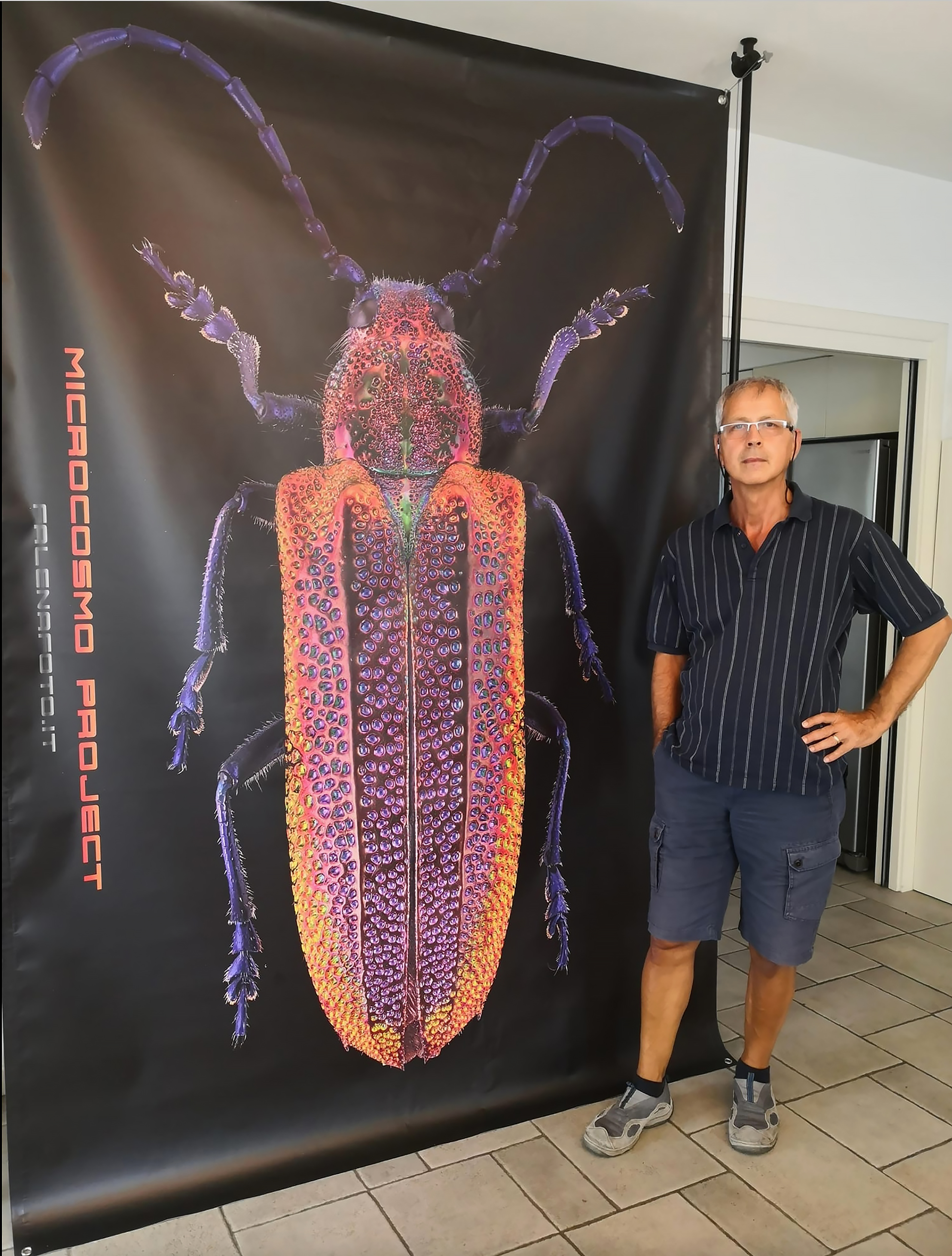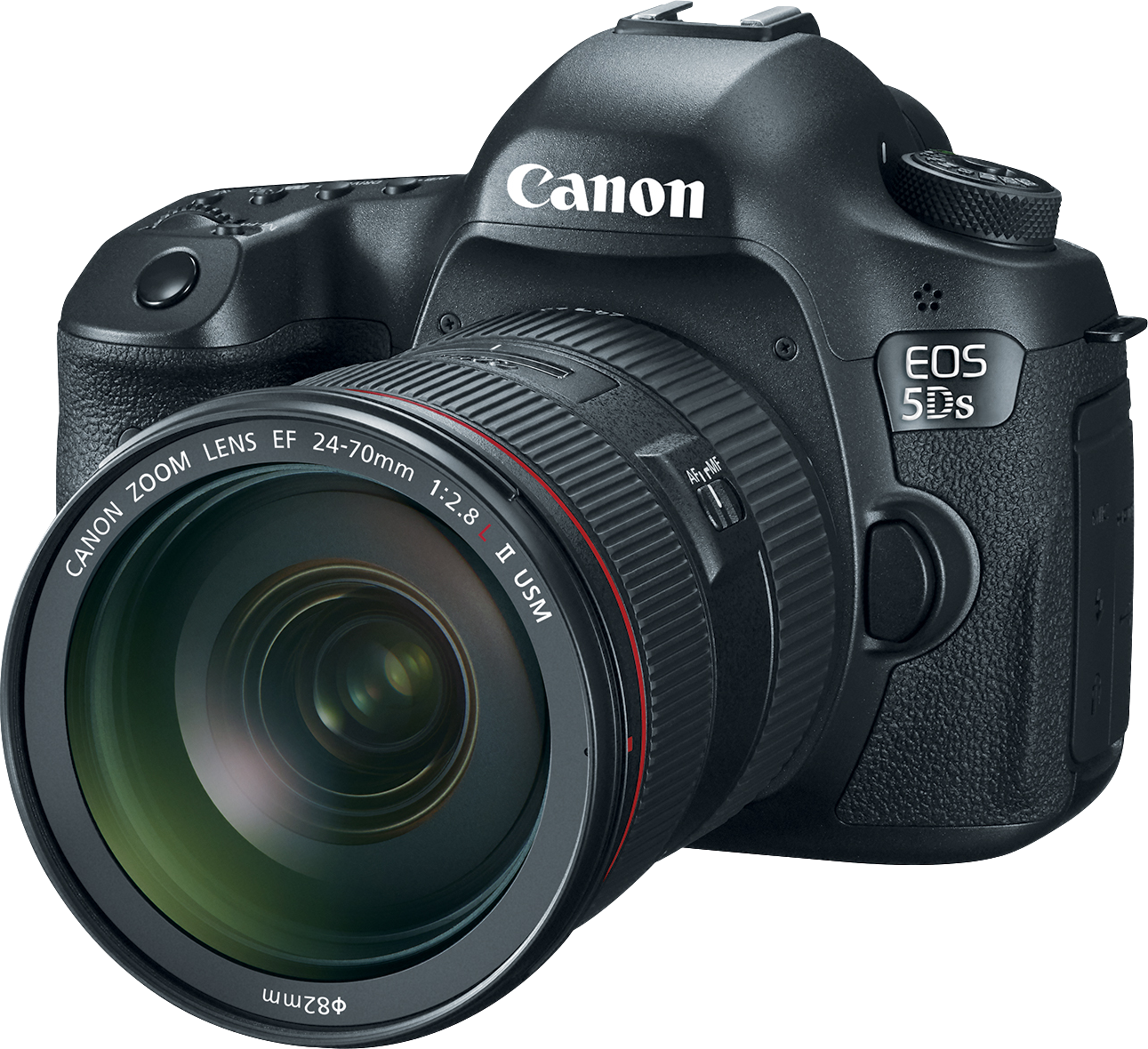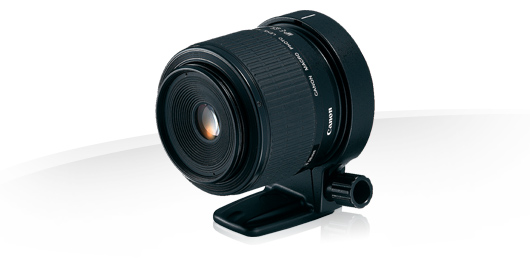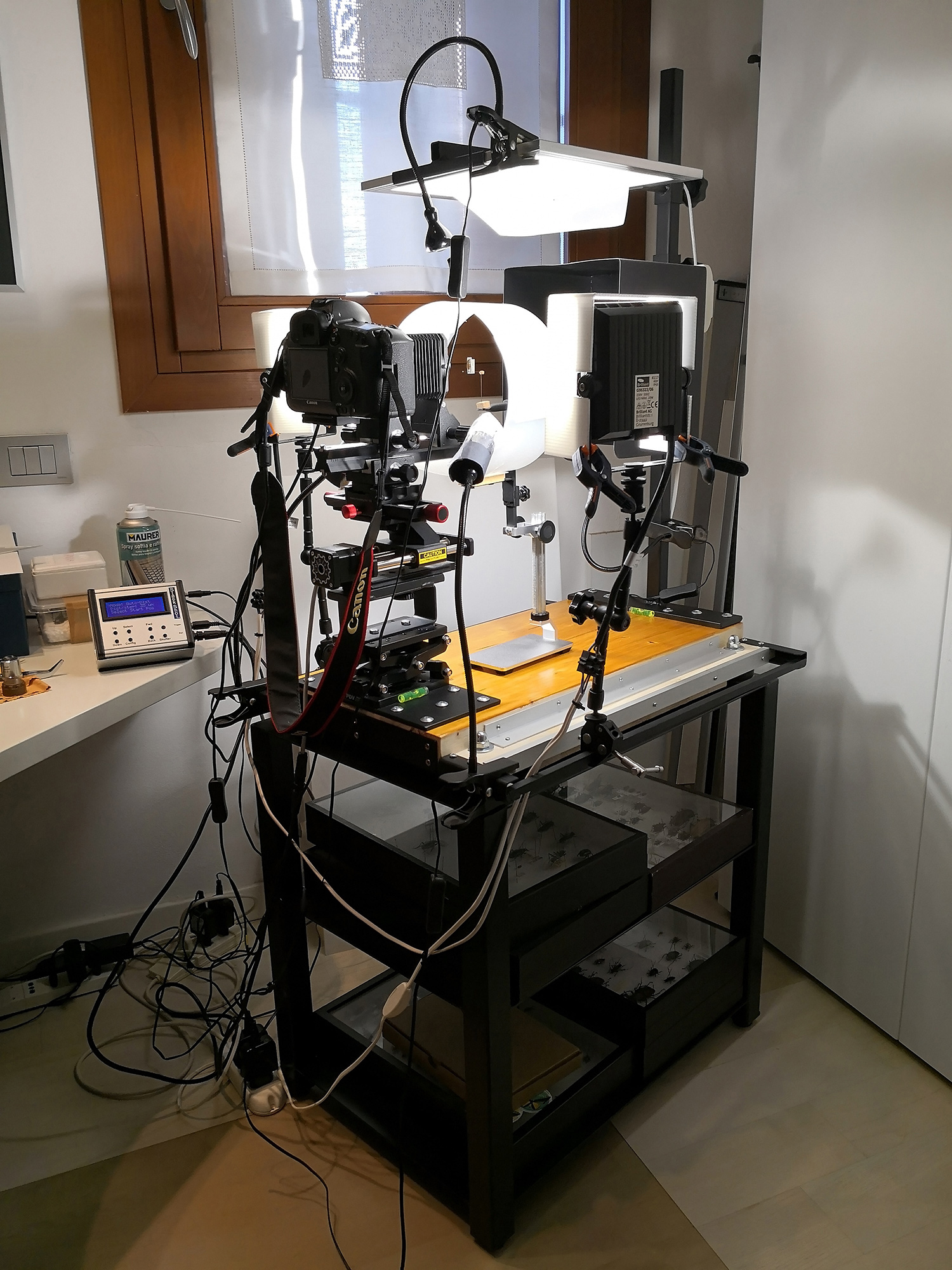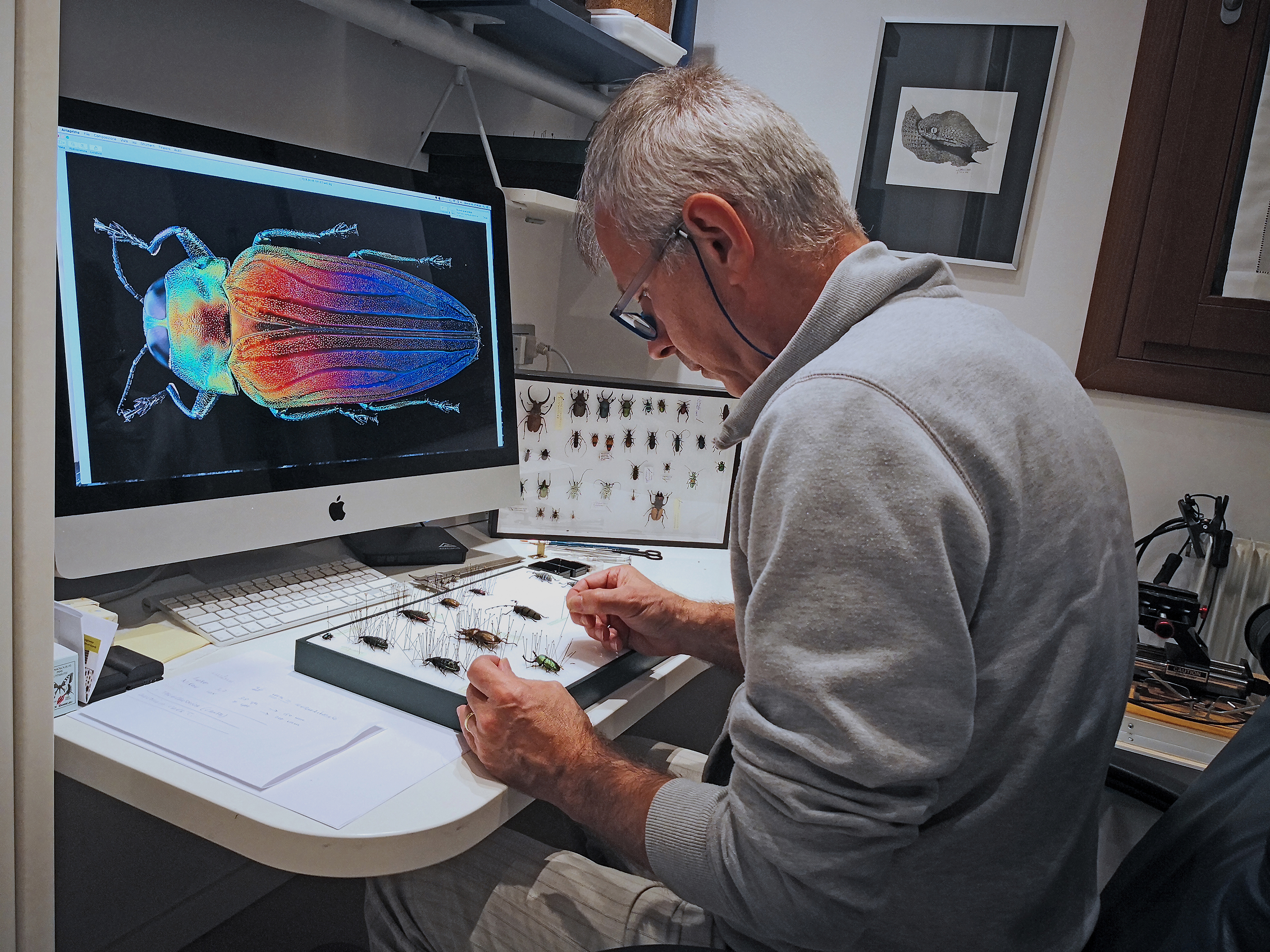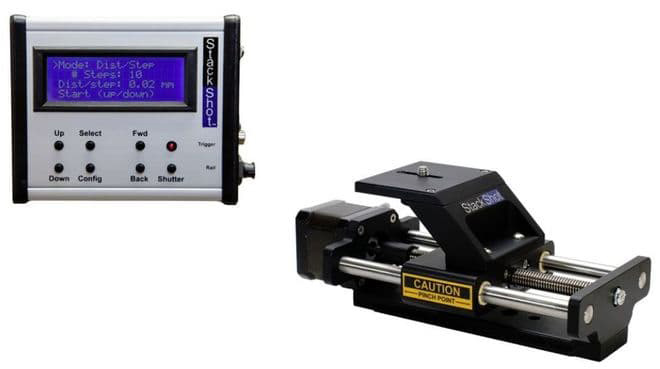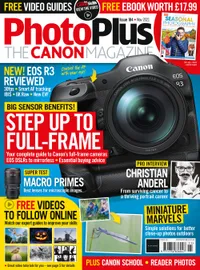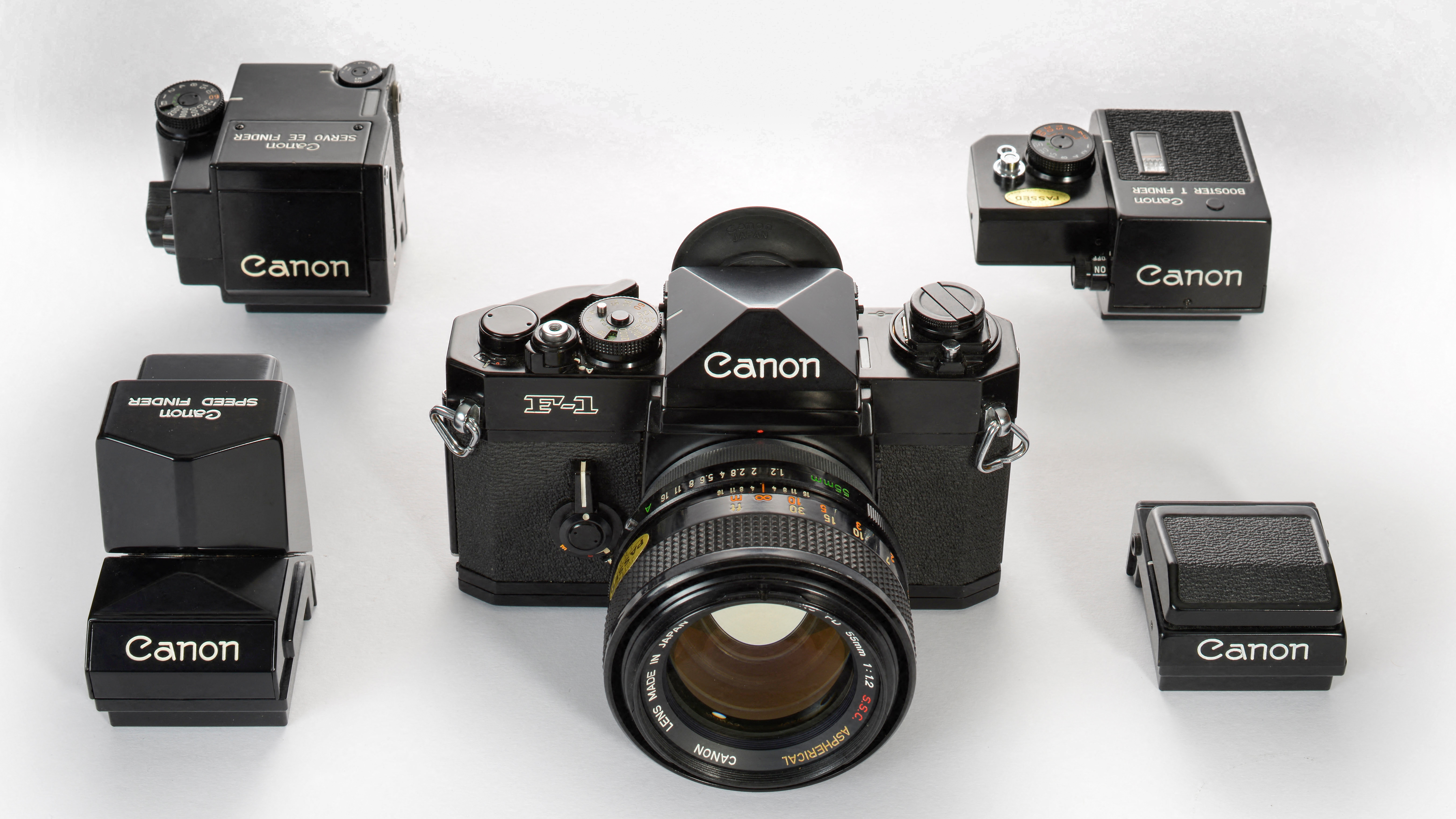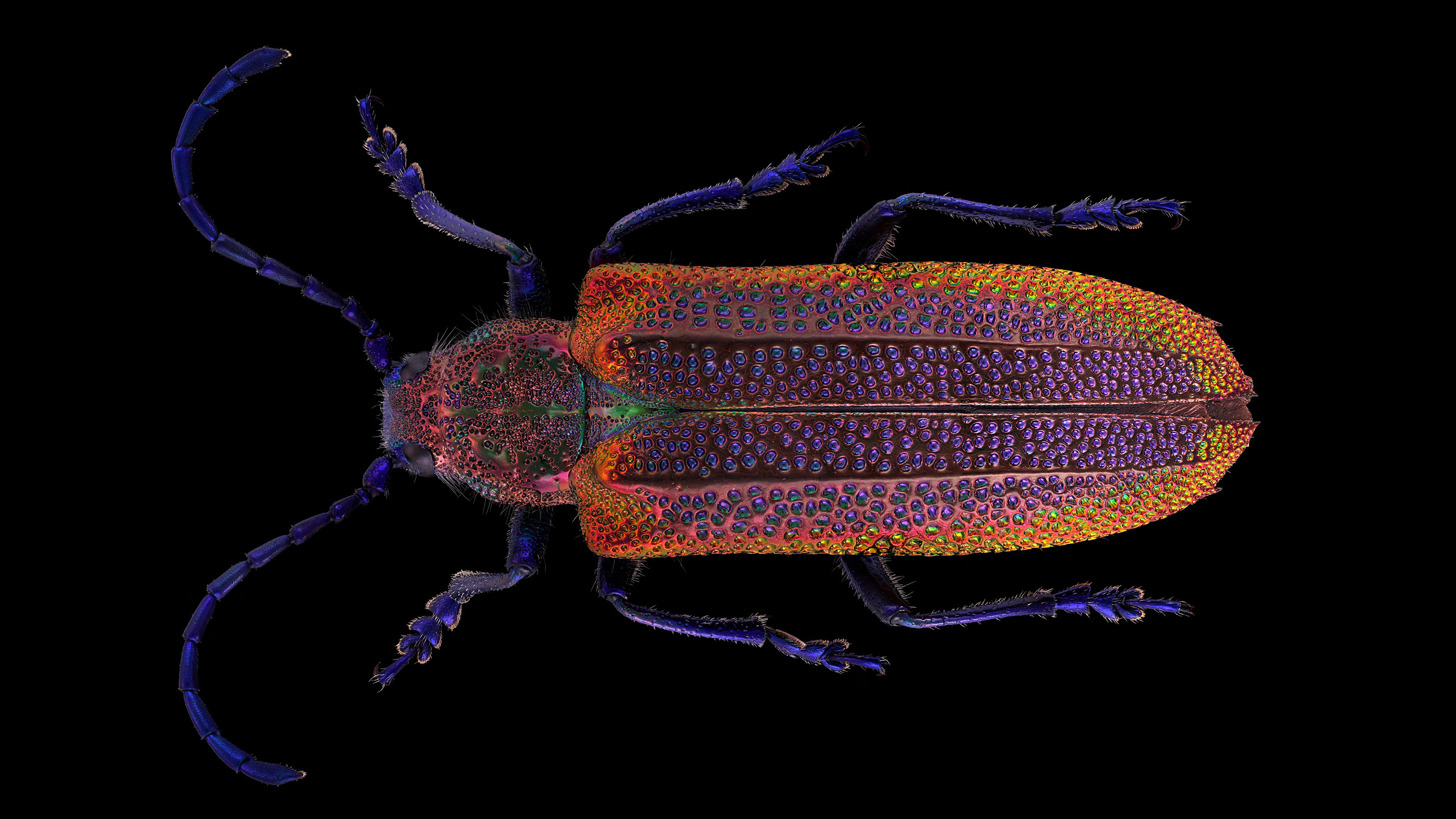
Fabio Lena was born in Venice in 1961, and has been passionate about entomology and photography from a very young age. The study of insects and the meticulous approach and the in-depth study of photographic techniques have led him to create detailed macro photographs for incredibly large-format prints.
His Microcosmo project of massively detailed macro insect imagery now spans more than 80 photographs, each one being about several gigapixels (that’s 1000 megapixels) large!
• Read more: Best cameras for macro photography
We recently sat down with him to find out more about his macro photography and the specialist setup and equipment that he uses to take his incredible close-up shots.
"As a little boy I had access to the entomology laboratory of the S.N. from Venice and this was where I discovered my passion for nature photography.
"When I was getting into super macro photography I asked myself, how I could relive that emotion I felt as a child seeing tiny insects under a microscope which left me awestruck. In my Microcosmo project, which now contains more than 80 images, I’ve been creating highly-detailed images of tiny insects using a specialist setup and my Canon EOS 5DS. I merge multiple images, like a mosaic, and I focus stack each ‘tile’ to ensure total sharpness. I use Zerene Stacker software to merge the pictures together.
"I’ve turned an insect just 2cm in size into a canvas print measuring 3x170m which is in a permanent exhibition at the Yangpyeong Insect Museum in South Korea. A finished image is usually a blend of 8000 shots – my largest image to date was about 11 Gigapixels, or 1000 megapixels!
"I select specimens from all around the world, preferring those with bright colours and good looks. I search for perfect symmetry and maximum cleanliness of the surface as any small imperfection, at high magnification, would end becoming particularly unsightly.
The best camera deals, reviews, product advice, and unmissable photography news, direct to your inbox!
"My workbench is setup specifically for these shots and is very specialized, including computerized sliders to move the camera, special macro lenses, a bellows system, LED lights and a hand-made anti-torsion platform."
1. Canon EOS 5DS
"To ensure I’m able to capture all of the fine details I use a Canon EOS 5DS, which has a 50.6MP full frame imaging sensor, producing images with a resolution of 8688x5446 pixels. This means when I’ve finished merging all of my various pictures together in my insect ‘panorama’ they have a final resolution of often several gigapixels in size and can be printed at 10m on the longest side."
2. Canon MP-E 65mm f/2.8 1-5x Macro
"The Canon MP-E 65mm f/2.8 1x5x mega macro lens allows me to vary the magnification from 1-5x lifesize. A reproduction ratio of 1:1 means it’s lifesize, capturing the insect at the same size as if it were laid across the imaging sensor. But going to 5:1 makes it five times more ‘zoomed in’ than lifesize. It is a very unique and useful lens for my work."
3. Canon Auto Bellows
"I put Canon Auto Bellows between my Canon EOS 5DS and Lomo 3.7x0.11 Microscope lens, which lets me rack the lens further away, or closer to the camera. Moving the lens away will boost magnification and help correct converging verticals. It’s an old FD mount model, but still works brilliantly well and is perfect for macro. You can still find them on online auction sites for around £75."
4. Lomo 3.7x 0.11 Microscope Objective lens
"Microscope optics have recently been used in traditional macro photography, namely combined directly with a camera and no longer with a microscope. The Lomo optic is Russian made, it was handmade and proved to be one of the best for low refraction and optical distortion in the x3.7 magnification ratio."
5. Cognisys StackShot Macro Rail
"The macro rail consists of a motorized slide assisted by an electronic control unit. This allows the camera body to be advanced from a minimum of one micron. It can manage the advance and waiting time between shots to dissipate micro vibrations and control the shutter release. It also calculates the number of shots to be taken on the basis of the starting point, the end point and how many microns must be advanced per shot."
6. LED panels
"I use a variety of LED lights and panels, I often utilize 20w versions that I’ve picked up from a DIY shop or even IKEA. It’s important that the colours are consistent between the panels. I use three LEDs, two from each side and another from the top. These are all fitted with diffusing panels for softer gentle shadows and have to further pass through another diffusion layer looped around the insect."
PhotoPlus: The Canon Magazine is the world's only monthly newsstand title that's 100% devoted to Canon, so you can be sure the magazine is completely relevant to your system. Every issue comes with downloadable video tutorials too.
Read more:
Best Canon cameras
Best Canon lenses
Best professional cameras

In addition to being a freelance photographer and filmmaker, Dan is a bona fide expert on all things Canon and Adobe. Not only is he an Adobe-certified Photoshop guru, he's spent over 10 years writing for specialist magazines including stints as the Deputy Editor for PhotoPlus: The Canon Magazine, Technical Editor for Practical Photography and Photoshop Editor on Digital Photo.
